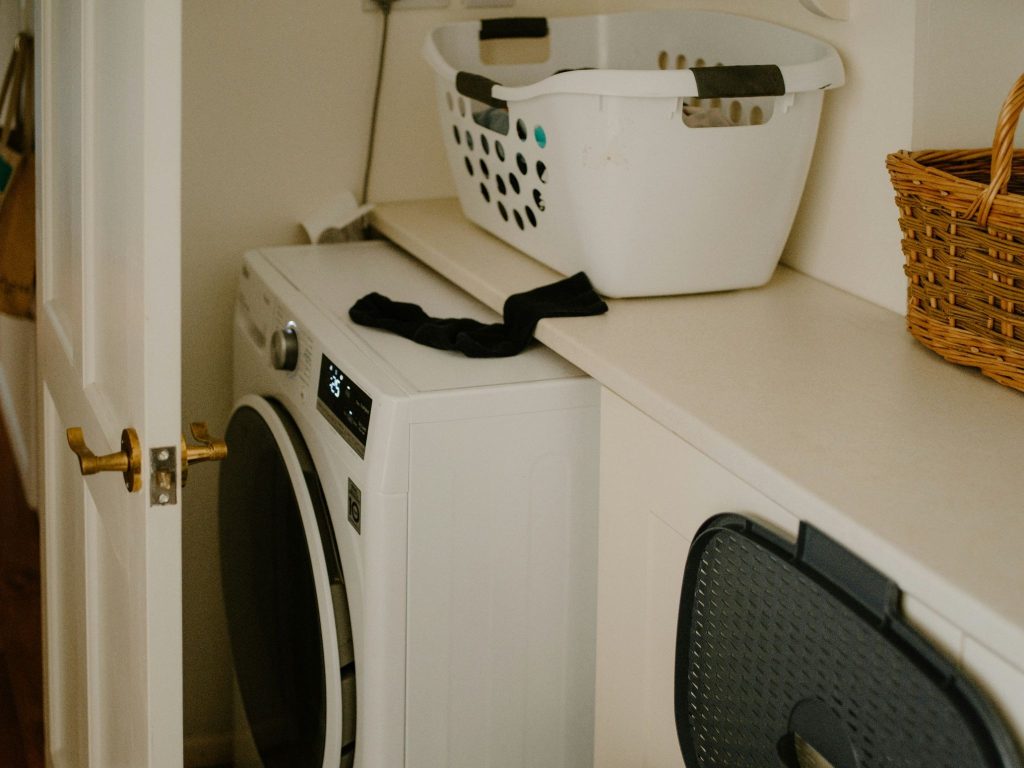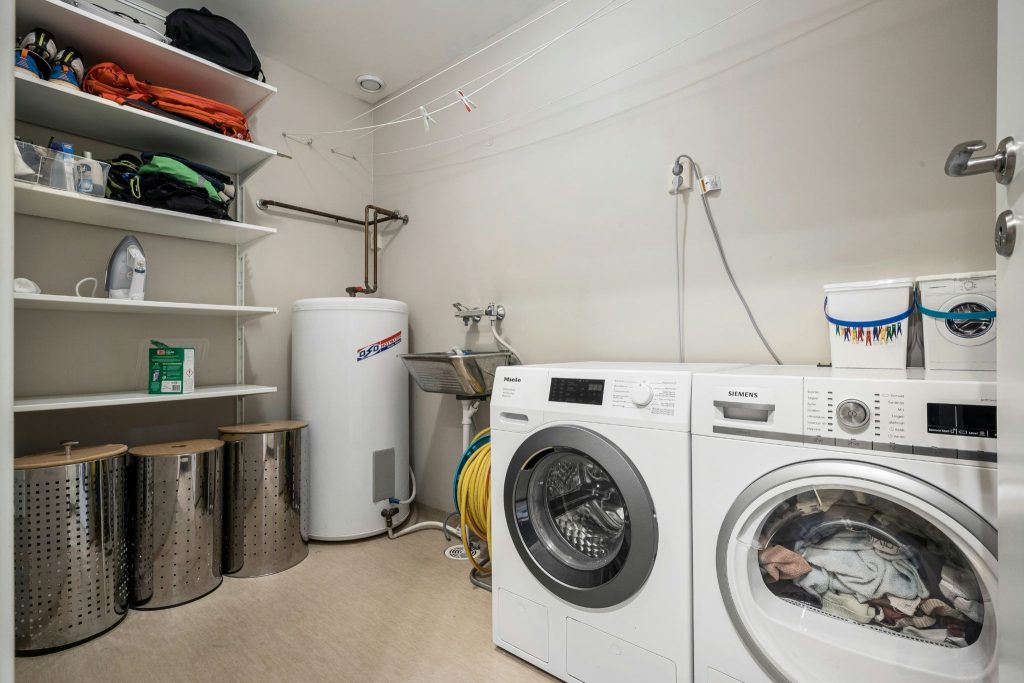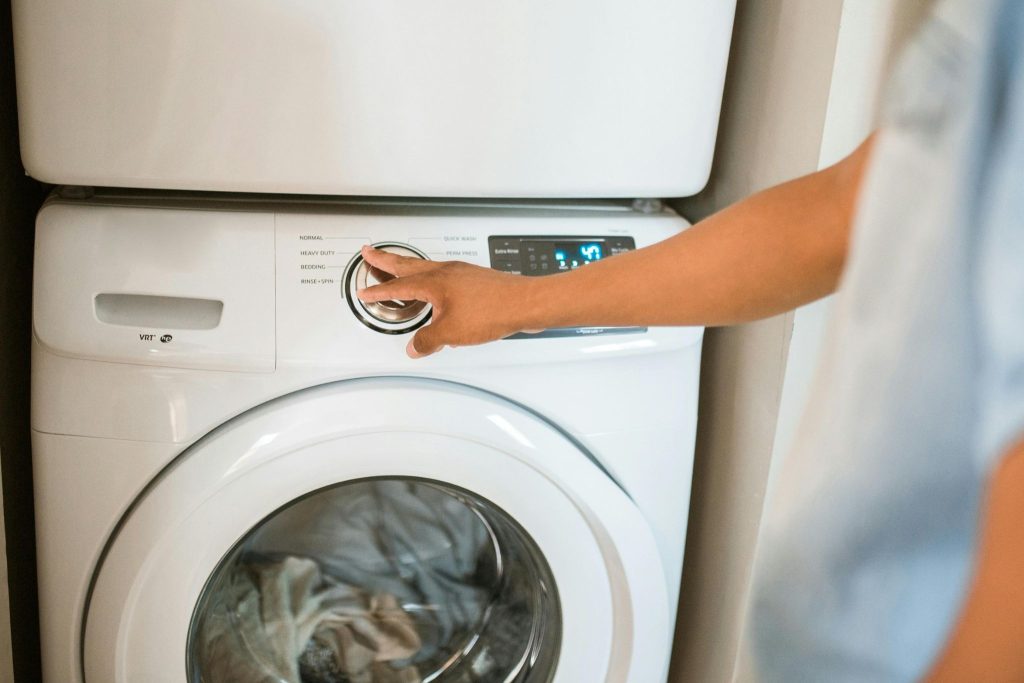
Choosing the right washer and dryer set can make laundry day infinitely more manageable. When you prefer top-loading machines—either because of convenience, cost, or personal preference—there are specific features and trade-offs to be aware of.
In this guide we’ll cover how to choose the best top-load washer and dryer set, what to look for in 2025, key features, pros and cons, and answer common questions.
Why Choose a Top Load Washer & Dryer Set?

Top-loaders continue to be popular for a reason:
- Easy access – You don’t need to bend as much to load/unload (especially with a traditional top-loader).
- Familiarity – Many households have used top-load machines for decades, so the operation feels intuitive.
- Often lower cost – In many markets, top-loader sets are more affordable than high-end front-load sets.
- Fewer issues with door gaskets and mold – Some reviewers note that top-load machines have fewer issues with musty smells than front-loaders.
That said, there are trade-offs. According to a comparison piece, top-load washers generally use more water and energy than front-loaders. So if efficiency and space-saving stackability are your top concerns, a front-loader or combo might win out.
But if you’re set on top-load, getting the right washer/dryer set together makes sense: matching capacity, aesthetic, controls, and reliability.
Key Features to Prioritize When Shopping

1. Capacity & Size
- Washer: Look for ample tub size so you can wash large loads (e.g., family laundry, bedding).
- Dryer: The dryer should be able to handle the washer’s maximum load without overloading or extended drying times.
- Make sure the physical dimensions (height, width, depth) fit your laundry space, and that you have correct hookups for venting (for dryers) and drainage (for washers).
2. Agitator vs. Impeller (Top Washer Design)
- Some modern top-load washers ditch the traditional centre agitator in favour of a low-profile impeller for more tub space and gentler action.
- Users report that agitator-less models may require more effort to get large/heavy loads cleaned well. For example:
“If you overload … the laundry will not be properly cleaned … and it will likely lead to premature failure of the machine.” - Decide whether you prefer the traditional agitator (for heavy duty cleaning) or the larger tub space of impeller models.
3. Washer & Dryer Match
- It’s best when the manufacturer offers matching sets so colours, finishes, control layout and capacity align.
- Ensure the dryer can keep up with the washer’s maximum load—otherwise you’ll run two drying cycles or have damp items.
- Look for features like moisture sensors in dryers to avoid over-drying.
4. Technology & Smart Features
While less critical than basic performance, modern features can improve convenience:
- Auto-sensing water level in the washer
- Delay start, pre-soak, extra rinse, steam refresh
- Washer: “Add-garment” option to throw in items mid-cycle
- Dryer: Wrinkle guard/steam, smart alerts
- App connectivity (for remote monitoring)
From user discussions:
“Ez-Dispense is the best! … It stops you putting too much detergent into the washing machine.”
Note: These features add cost and risk of repair, so weigh value vs complexity.
5. Efficiency, Reliability & Maintenance
- Top-loaders usually consume more water, but modern high-efficiency models have improved.
- According to a lifespan study: washers typically last 7-15 years; heavy use, hard water, power surges shorten life.
- One advantage: top-load machines may suffer less from certain front-load problems like mold in the door gasket.
- Always check brand service networks and parts availability in your region.
6. Budget & Warranty
- Setting a realistic budget: Washer + Dryer sets can range from mid-budget to premium.
- Warranty: Look for good coverage (motor, parts) and check service availability in Bangladesh (for example) if you’re buying locally or importing.
Pros and Cons of Top-Load Sets
Pros:
- Easier loading/unloading (especially if you dislike bending)
- Typically shorter wash cycles (for some models)
- Familiar operation for many users
- Often more affordable upfront
Cons:
- Generally higher water and energy usage (though newer models mitigate this)
- Less ideal for stacking/small spaces (unless you choose a stackable top-load/dryer set)
- Depth of tub may make reaching bottom awkward, especially in high-capacity units.
- Fewer premium features in top-load sets compared with high-end front-loader sets.
Recommended Considerations for 2025 Sets
- Aim for at least 4.5-5 cu ft washer capacity (or equivalent kg rating in your region) and a similarly sized dryer to match load.
- Prioritise brands with strong reputation in your country (Bangladesh in your case).
- Consider features you’ll actually use vs. gimmicks.
- Make sure venting is appropriate (for electric or gas dryer).
- Confirm dimensions and clearances fit your laundry area.
- Read local reviews (for Bangladesh/Asia) to ensure reliability/support.
- Check appropriately rated electrical supply (voltage/frequency) and warranty support in your region.
- Decide whether you want steam refresh, smart connectivity, large tub, or budget basic set.
Frequently Asked Questions (FAQ)
Q1: Should I buy both washer and dryer at the same time or replace separately?
A: While you can replace them separately, buying a matching set ensures capacity alignment, appearance, and power/venting compatibility. Some users report regret when one unit fails soon after the other.
Q2: Are top-load washers still efficient in 2025?
A: Modern high-efficiency top-load models have improved, but overall front-load machines still tend to use less water and energy. If efficiency is your top priority, compare energy ratings.
Q3: How big capacity should I choose?
A: It depends on household size and typical loads. Aim for larger tub capacity if you frequently wash bulky items (comforters, large families). The dryer should match accordingly.
Q4: What brand should I go for?
A: There’s no one “best” brand for everyone—but look for brands with good local service in your region. User discussions highlight:
“I’ve had my top-loader for 22 years now… They are easy to repair.”
Check user forums for reliability feedback in your market.
Q5: What maintenance is needed?
A: For washers: ensure level installation, don’t overload, clean interior regularly. For dryers: clean lint filter after every load, ensure proper venting. Overloading or incorrect loading can lead to poor performance.
Final Thoughts
A top-load washer and dryer set offers convenience, familiarity and can be a great choice for many households—especially if you prioritise ease of use and straightforward operation. By focusing on capacity, matching dryer size, brand reliability, and features you’ll actually use, you can choose a set that serves you for years.
Whether you’re doing large family loads, bulky bedding, or everyday garments, pick a set that fits your space, matches your laundry habits, and has good local support. Once you’ve selected your set, proper installation and regular maintenance will help ensure you get the maximum lifespan and value from your investment.


